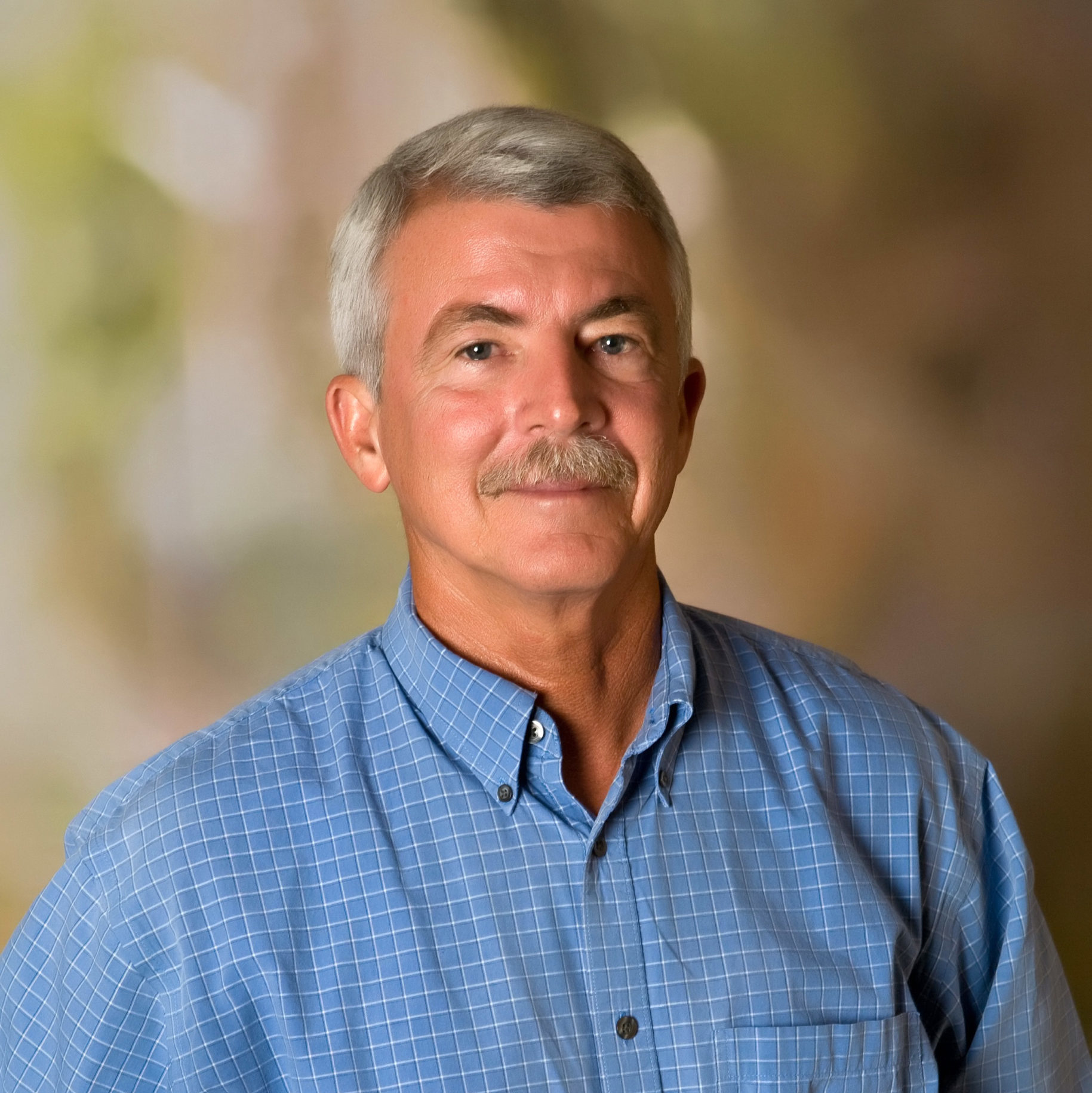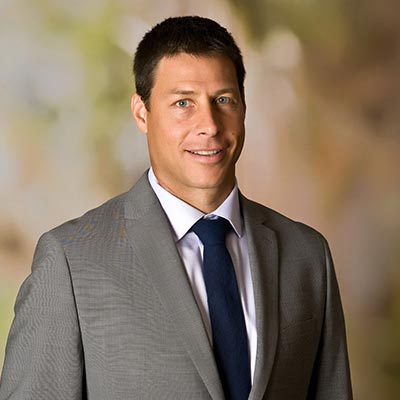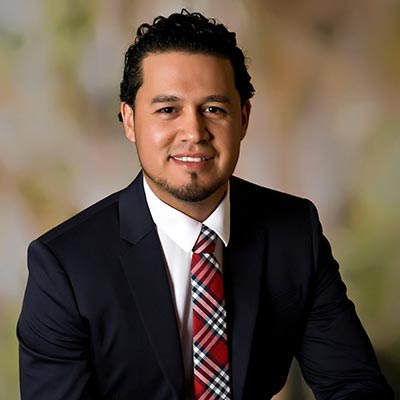 Many can recall airline captain “Sully” Sullenberger and the emergency water landing of US Airways Flight 1549 in the Hudson River off New York City in January 2009. Canadian geese were ingested in both engines of his Airbus 320. This incident resulted in increased media attention, but the problem of aviation wildlife strikes has been present since the first powered flight by the Wright Brothers in December 1903. On September 7, 1905, the first reported bird strike, as recorded by Oliver Wright in his diary, occurred when his aircraft struck a bird (likely a red-winged blackbird) over a cornfield near Dayton, Ohio. Globally, wildlife strikes have killed more than 258 people and destroyed more than 245 aircraft since 1988. At a minimum, wildlife strikes annually cost the USA civil aviation industry $193 million in monetary losses. However, based on unreported wildlife strikes and the underreporting of strikes in general, top experts believe that actual annual costs are likely two or more times higher than this minimum estimate.
Many can recall airline captain “Sully” Sullenberger and the emergency water landing of US Airways Flight 1549 in the Hudson River off New York City in January 2009. Canadian geese were ingested in both engines of his Airbus 320. This incident resulted in increased media attention, but the problem of aviation wildlife strikes has been present since the first powered flight by the Wright Brothers in December 1903. On September 7, 1905, the first reported bird strike, as recorded by Oliver Wright in his diary, occurred when his aircraft struck a bird (likely a red-winged blackbird) over a cornfield near Dayton, Ohio. Globally, wildlife strikes have killed more than 258 people and destroyed more than 245 aircraft since 1988. At a minimum, wildlife strikes annually cost the USA civil aviation industry $193 million in monetary losses. However, based on unreported wildlife strikes and the underreporting of strikes in general, top experts believe that actual annual costs are likely two or more times higher than this minimum estimate.
Senior Ecologists John Curtis and Laura Brady Herrero, of Johnson Engineering’s Environmental group, were notified by Embry-Riddle Aeronautical University in May 2016 that they met the education, training and experience requirements as stipulated under Federal Aviation Administration (FAA) Advisory Circular (AC) 150/5200-36A to be classified as “Qualified Airport Wildlife Biologists”.
The FAA requires that “Qualified Airport Wildlife Biologists” conduct Wildlife Hazard Assessments (WHA) for airports certificated under Title 14, Code of Federal Regulations, Part 139 (14 CFR Part 139), and at non-certificated airports funded by various FAA programs. A WHA is an ecological study of the potential for wildlife strikes at a given airport and requires an examination of wildlife activity, management strategies and wildlife attractants on, and in close proximity to, the airport. The purpose of the WHA is to provide the basis for the preparation of an airport’s Wildlife Hazard Management Plan (WHMP), which identifies the specific actions the airport will take to mitigate the risk of wildlife strikes on or near the airport. The WHMP focuses on mitigating wildlife hazards through habitat modification and exclusion, harassment technology, flight schedule modification and research. To meet the requirements of §139.337(c) and (f)(7), a Qualified Airport Wildlife Biologist must:
(1) Have the necessary academic coursework from accredited institutions and work experience to meet the qualifications of a GS-0486 series wildlife biologist as defined by the U.S. Office of Personnel Management classification standards or be designated as a Certified Wildlife Biologist by The Wildlife Society and,
(2) Have taken and passed an airport wildlife hazard management training course acceptable to the FAA Administrator and,
(3) While working under the direct supervision of a Qualified Airport Wildlife Biologist, have conducted at least one Wildlife Hazard Assessment acceptable to the FAA Administrator and,
(4) Have successfully completed at least one of the following within five years of their initial FAA approved airport wildlife hazard management training course, and every five years thereafter: (i) An airport wildlife hazard management training course that is acceptable to the FAA Administrator or, (ii) Attendance as a registered participant at a joint Bird Strike Committee-USA/Bird Strike Committee-Canada annual meeting or, (iii) Other training acceptable to the FAA Administrator.
Working under the supervision of Mrs. Sarah Brammell, a Qualified Airport Wildlife Biologist with Environmental Resource Solutions, Inc., John and Laura recently participated in the preparation of the WHA for Lee County Port Authority’s Page Field (FMY) General Aviation Airport, assisting in setting up the assessment methodology, conducting wildlife observations and developing the assessment document. In January 2016, the FAA accepted the FMY WHA and determined it “meets the Agency’s current guidance and regulatory requirements for WHAs”. In March 2016, they both successfully completed the FAA-approved Advanced Airport Wildlife Management Training course at Tulsa International Airport in Tulsa, Oklahoma. They also assisted with the wildlife observations required for the Southwest Florida International Airport (RSW) WHA, which was approved in 2010.
The designation of John and Laura as Qualified Airport Wildlife Biologists allows them to personally oversee WHAs and assist with the preparation of WHMPs at airports across the United States. For more information on how Johnson Engineering can assist you, please contact John Curtis or Laura Brady Herrero at [email protected].
































































